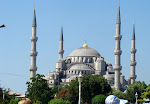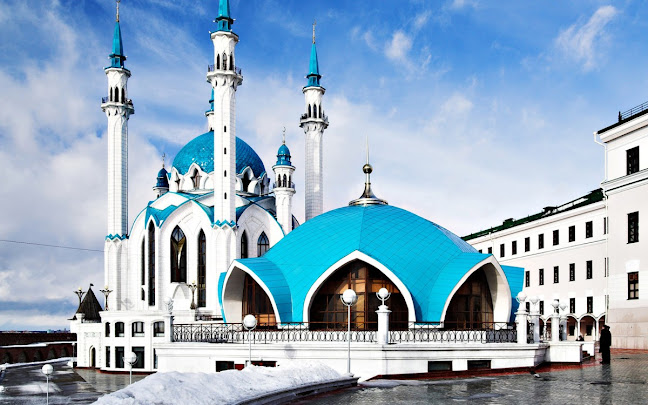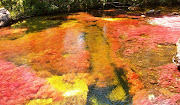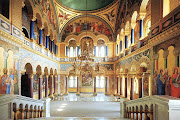 Sultan Ahmed Mosque, Istanbul, Turkey
Sultan Ahmed Mosque, Istanbul, TurkeyThe Sultan Ahmed Mosque is an historic mosque in Istanbul. The most beautiful mosque in the world was built from 1609 to 1616, during the rule of Ahmed I.
The mosque is popularly known as the Blue Mosque for the blue tiles adorning the walls of its interior. Its Külliye contains a tomb of the founder, a madrasah and a hospice. While still used as a mosque, the Sultan Ahmed Mosque has also become a popular tourist attraction.
The mosque is popularly known as the Blue Mosque for the blue tiles adorning the walls of its interior. Its Külliye contains a tomb of the founder, a madrasah and a hospice. While still used as a mosque, the Sultan Ahmed Mosque has also become a popular tourist attraction.

Kul Sharif Mosque, Kazan, Russia

Kul Sharif is located in the western part of the Kazan Kremlin and it is a symmetrical composition with the building in the center of the courtyard of the mosque. The capacity of the mosque is designed for one and a half thousand people and ten more thousand can be set in the square in front of the mosque. There are also two observation balconies inside the mosque for tourist excursions.
Cologne Central Mosque, Cologne, GermanyThe Cologne Central Mosque in Cologne-Ehrenfeld was designed by architect Paul Böhm. The building complex in Ottoman style consists of a 35 meter high dome and two 55 meter high minarets. It is supposed to accommodate 1200 believers. Directly below the prayer room there is an auditorium. It is complemented by the administration of the DİTİB (Turkish-Islamic Union for Religious Affairs), a library, training and conference rooms, shops and service outlets and an underground parking.
Sultan Omar Ali Saifuddien Mosque, Bander Seri Begawan, Brunei
Sultan Omar Ali Saifuddien Mosque is a royal Islamic mosque located in Bandar Seri Begawan, the capital of the Sultanate of Brunei. The mosque considered one of the most beautiful mosques in the Asia Pacific and a major landmark and tourist attraction of Brunei.
The Faisal Mosque is the largest mosque in Pakistan, located in the national capital city of Islamabad. Completed in 1986, it was designed by Turkish architect Vedat Dalokay to be shaped like a desert Bedouin's tent lacking both the traditional domes and arches of most other mosques around the world. The Mosque has covered area of 5,000 m2. It can accommodate 10,000 worshipers in its main prayer hall, 24,000 in its porticoes, 40,000 in its courtyard and another 200,000 in its adjoining grounds.
Malacca Straits Mosque, Malacca state, Malaysia

The Malacca Straits Mosque is a mosque located on the man-made Malacca Island near Malacca Town in Malacca state, Malaysia. It looks like a floating structure if the water level is high. Construction cost of the mosque is about MYR10 million. The Opening Ceremony was done on the 24th of November 2006 by the Supreme Ruler of Malaysia (Yang di-Pertuan Agong) Tuanku Syed Sirajuddin Syed Putra Jamalullail.


















































